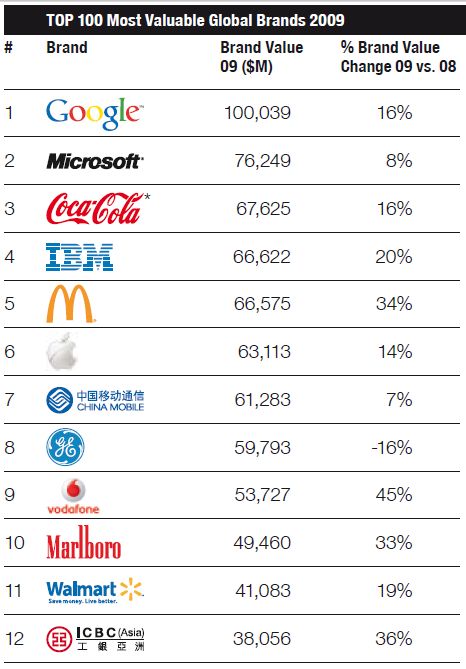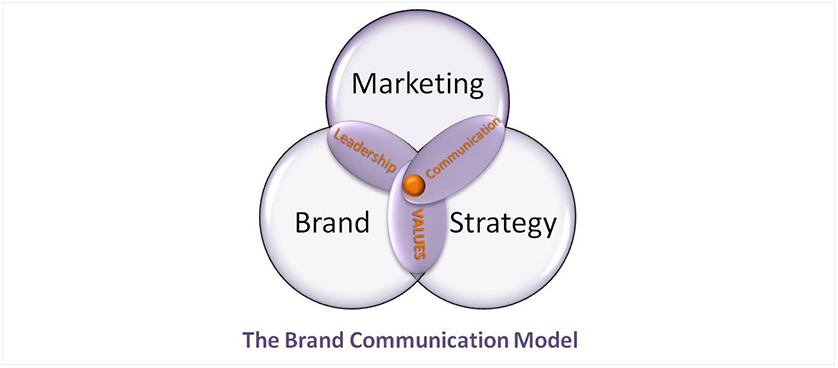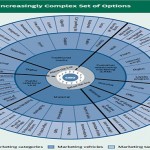Marketing performance: measuring brand equity
Continuing the series of blog posts on marketing performance measurement, today’s post is reviewing brand metrics. As a sub-process of marketing, branding refers to the development and maintenance of a brand. A brand is a „promise”, as it represents all that exists in the consumer’s mind with reference to a particular product. Thus, measuring becomes more difficult in the context of branding, dealing with intangible aspects.
The dimensions that are measured are also abstract, the most common being brand:
- Image
- Awareness
- Recognition
- Association
- Dominance
- Equity
Literature and practice reflect various models of measuring these dimensions.
It is argued that brand measurement can be done from three different perspectives:
- Published brand valuation tabulations
- Market capitalization, as brands seem to influence the value to shareholders
- Internal performance measurement initiatives
From these three different options, the first one seems to be the most comprehensive and relevant, as the share price can be influenced by other factors besides consumer perceptions (macroeconomic trends, for example). The internal measurement, though important for the overall value of the corporate brand, seems to work more as a HR strategic tool.
The metric that covers all brand dimensions is the $ Brand equity. Brand equity refers to the monetary valuation of the brand. Various models for measuring brand equity have been suggested by both academics and practitioners.
A. One such calculation considers the brand value equal to the goodwill or the amount of money the buyer of a company pays, in addition to the value of its tangible assets. This is a rather simple approach, as it exclusively focuses on the capitalization or the internal perspective of the brand.
B. Interbrand publishes jointly with Business Week the top 100 global brands report. It developed a model for brand valuation that suggests separating tangible product value from intangible brand value. Interbrand uses three dimensions in brand valuation: the earnings that the brand is expected to generate for the following six years the % of these earnings that can be attributed to the brand (and not to tangible aspects) and the strength of the brand. It is argued that whereas the financial data Interbrand uses is collected from reports issues by the companies that are subject to brand valuation, the other data is a matter of subjectivity of the evaluator when choosing the consumer base for the research, for example.
Here are the results for the year 2009 (Source: Millward Brown Brandz Report 2009:

C. Another well-known method of brand valuation uses the BrandAsset® Valuator (BAV) metric, developed by Young & Rubicam Brands. The method measures four dimensions that reflect consumer attitudes towards the brand:
- Perceived differentiation within the market,
- Brand’s relevance to consumer lifestyles,
- Esteem in which consumers hold the brand and
- Consumers’ knowledge of the brand.
D. A more clear brand valuation model, that uses three well-defined metrics aggregated in a calculation formula is the one developed by William T. Moran in 1994. The methodology is the following:
$ Brand equity = % Effective market share x # Relative price x % Durability, where
- % Effective market share is calculated by weighting the share of a market segment by the segment’s percentage of brand sales.
- $ Relative price is the brand’s price, divided by the average market price.
- % Durability is an estimation of how many of the brand’s consumers will purchase in the following year.
Stay tuned as additional brand metrics will be presented in future post.
Further reading For further reading on branding, follow:

Tags: Interbrand, Marketing and Communications performance, Performance Measurement





